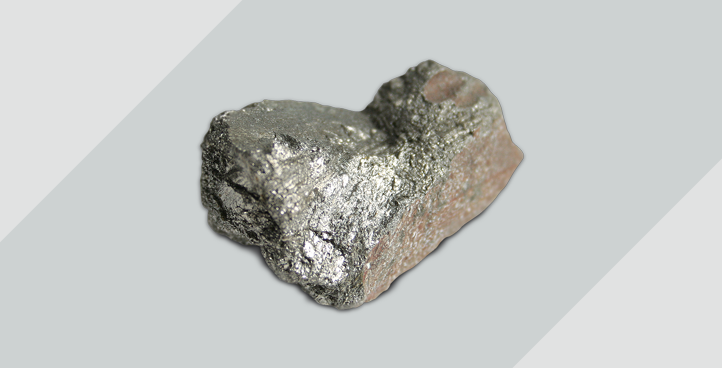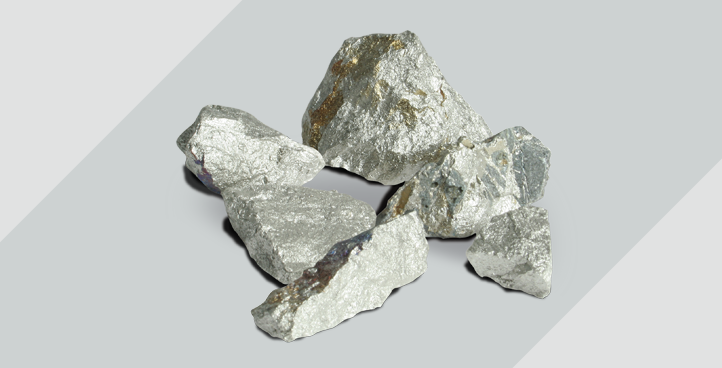Introduction
In the rapidly evolving world of advanced technology and manufacturing, materials that can withstand extreme environments while maintaining high performance are indispensable. Noble alloys, also known as high-performance alloys, are a class of materials designed for such demanding applications. These alloys often include noble metals like gold, platinum, and palladium, as well as other corrosion-resistant elements. Their unique combination of strength, durability, and resistance to degradation makes them vital across numerous industries. The increasing dependency on technology and innovation has only magnified their importance in critical components and structural applications.
Defining Noble Alloys

Noble alloys are metallic materials that contain one or more noble metals—metals that are resistant to corrosion and oxidation in moist air. Common noble metals include:
- Gold (Au)
- Platinum (Pt)
- Palladium (Pd)
- Iridium (Ir)
- Rhodium (Rh)
These elements are often alloyed with other metals such as copper, nickel, silver, and cobalt to enhance their physical and chemical properties for industrial use. The process of alloying improves the material’s mechanical strength, ductility, and wear resistance, making noble alloys suitable for a broad spectrum of applications.
Key Characteristics of Noble Alloys

- Corrosion Resistance: Noble alloys resist oxidation and corrosion in harsh environments, including acids and marine conditions.
- High Melting Points: Useful in high-temperature applications like jet engines and chemical reactors.
- Chemical Stability: They remain stable under chemical stress, ensuring longevity in reactive environments.
- Biocompatibility: Ideal for medical implants and dental applications due to non-toxicity and compatibility with human tissue.
- Electrical Conductivity: Essential in electronic and electrical systems, particularly in microelectronics.
- Thermal Stability: Maintain their properties even at fluctuating or extreme temperatures.
- Wear Resistance: Excellent resistance to wear and tear, making them valuable in high-friction machinery.
Types of Noble Alloys
- Gold-Based Alloys: Used in electronics, dentistry, and jewelry. Their malleability and resistance to tarnish are especially valued.
- Platinum Alloys: Popular in catalytic converters, medical devices, and laboratory equipment. Platinum’s inert nature makes it suitable for chemically aggressive environments.
- Palladium Alloys: Common in fuel cells, hydrogen purification, and electronics. They play a crucial role in green technology.
- Rhodium and Iridium Alloys: Extremely rare and used in high-temperature applications and precision instruments like thermocouples and spark plugs.
Applications of Noble Alloys in Modern Industries
1. Aerospace Industry
- Turbine blades, rocket engines, and high-temperature sensors use noble alloys due to their durability.
- Resistance to extreme temperatures and corrosive gases makes them indispensable in aircraft and spacecraft manufacturing.
- Components made from noble alloys can withstand repeated thermal cycling, enhancing aircraft safety and efficiency.
2. Electronics and Semiconductors
- Gold and palladium are widely used in connectors, circuit boards, and semiconductor devices.
- These metals provide excellent conductivity and prevent degradation of signals over time.
- As devices become smaller and more complex, the precision and reliability provided by noble alloys become increasingly vital.
3. Medical and Dental Fields
- Platinum and gold alloys are used for dental restorations and medical implants.
- Biocompatibility ensures minimal immune response and longer life cycles of implants.
- Noble alloys are used in pacemakers, stents, hearing aids, and surgical tools for their reliability and inert nature.
4. Automotive Industry
- Catalytic converters use platinum, palladium, and rhodium to reduce vehicle emissions.
- Noble alloys improve the efficiency and lifespan of exhaust systems.
- With stricter environmental regulations, the demand for these materials in eco-friendly vehicles is rising.
5. Chemical Processing
- Used in equipment exposed to corrosive chemicals such as reactors, heat exchangers, and valves.
- High resistance to chemical degradation ensures longevity and safety.
- They maintain integrity under continuous chemical exposure, reducing maintenance and downtime.
6. Jewelry and Watchmaking
- Gold, platinum, and silver-based noble alloys are known for their luster, resistance to tarnish, and durability.
- Luxury watches and fine jewelry often rely on noble alloys for aesthetic and structural quality.
- These metals are also hypoallergenic, making them suitable for people with metal sensitivities.
7. Renewable Energy
- Fuel cells and solar panels benefit from the conductivity and corrosion resistance of noble alloys.
- These materials are vital in building sustainable energy systems.
- Innovations in hydrogen fuel storage and transmission depend heavily on noble alloy components.
8. Telecommunications and Photonics
- Optical fiber connectors and signal amplifiers utilize noble alloys for their superior transmission capabilities.
- They help reduce data loss and enhance signal strength over long distances.
Environmental and Economic Impact
While noble alloys offer high performance, they are also expensive and require resource-intensive mining and refining processes. However, their recyclability and long operational lifespan often offset the environmental cost. Increasing demand also drives technological advancements in synthetic and lab-grown alternatives.
Furthermore, their use in green technologies like electric vehicles and renewable energy solutions enhances their environmental significance. Innovations in material recovery and efficient recycling methods are key to sustainable usage of noble alloys.
Challenges in Noble Alloy Usage

- High Cost: Noble metals are rare and expensive, affecting manufacturing budgets.
- Material Availability: Limited supply can lead to volatility in pricing and accessibility.
- Specialized Processing: Requires advanced technology and expertise to manufacture and shape these alloys.
- Geopolitical Dependency: Mining operations are often concentrated in specific countries, affecting supply chain stability.
Future Prospects of Noble Alloys
With the rise of advanced industries like space exploration, AI hardware, renewable energy, and biotechnology, the demand for noble alloys is expected to grow. Research is also underway to develop more cost-effective composites and recycling methods to make their use more sustainable.
Emerging trends in nanotechnology and quantum computing also indicate a growing reliance on noble metals for their unique electronic and quantum properties. As science pushes the boundaries of possibility, noble alloys are expected to play a central role in next-gen applications.
Conclusion
Noble alloys are the unsung heroes of modern innovation. Their unique properties make them critical in applications where reliability, longevity, and resistance to extreme environments are non-negotiable. From powering spacecraft to saving lives with medical implants, these alloys represent the pinnacle of material science. As technology evolves, so too will the role of noble alloys in shaping the future. Investing in research, sustainability, and strategic sourcing will ensure their continued impact in global industrial advancements.
10 FAQs About Noble Alloys
- What makes a metal “noble”?
A metal is considered noble if it is resistant to corrosion and oxidation, especially in moist air. Examples include gold, platinum, and palladium. - What industries use noble alloys the most?
Major industries include aerospace, electronics, automotive, medical, and chemical processing. - Are noble alloys expensive?
Yes, they tend to be costly due to the rarity and extraction difficulty of noble metals. - Can noble alloys be recycled?
Absolutely. Their high value and stable properties make them ideal for recycling. - What is the difference between a noble metal and a noble alloy?
A noble metal is a pure element, while a noble alloy is a mixture containing one or more noble metals combined with other metals. - Why are noble alloys used in catalytic converters?
They facilitate the conversion of toxic gases into less harmful emissions due to their catalytic properties. - Are noble alloys safe for medical implants?
Yes, they are biocompatible and widely used in implants and surgical tools. - How are noble alloys processed?
They require specialized smelting and fabrication techniques due to their high melting points and reactivity. - Are there alternatives to noble alloys?
Research is ongoing into composites and cheaper materials, but none yet match the performance of noble alloys in high-stakes applications. - Will noble alloys remain relevant in the future?
Yes. As industries demand higher performance materials, noble alloys will continue to be crucial for innovation and safety.
